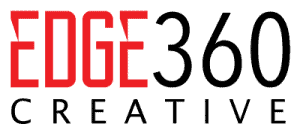It is essential that your small business website clearly communicates your message and drives growth for your company. Whether your goal is to inform visitors about your brand, promote upcoming events or encourage them to make a purchase, your website should meet your visitor’s needs. By incorporating the features we’ve covered here, you can ensure that your website is effective at engaging your visitors and helping you grow your business.
Responsive websites
Recent studies show that more than 55% of website visitors are now using mobile devices. Of course, this means that 45% of website visitors are still using desktops. To be successful, you need to ensure that your website renders properly on all types of devices. If your site is only optimized for desktop and it doesn’t load properly for a visitor on a tablet or phone, you can be sure that they’re not going to switch to their desktop. Instead, they will likely just visit a competitor’s website that does work well on a mobile device. If your website is responsive across all devices, customers will have faith that they can use it at any time, anywhere, however they access it. This will help encourage customer loyalty and make it easier to engage your visitors and present them with your call to action.
Branding is key to design
Your brand is how your customers recognize you and it differentiates you from your competitors. Effective branding also builds trust and increases customer loyalty. It is important ensure that your website reflects and remains consistent with your existing branding. If your brand is bright and colorful, but your website is simplistic and colorless then it will look completely out of place and your visitors will struggle to associate your site with your company. A great example of a company that does this right is Apple; we know what they stand for because their approach to simplistic product design. Their stores are also simple and easy to navigate. Visit their website and you’ll see that the design is inspired by those same values. Your brand is the very soul of your business and your websites design needs to remain true to what you’ve communicated before, otherwise it all becomes disjointed and difficult to follow.
Effective calls to action
Let’s not beat around the bush here. Every business has at least one action that they want their website visitors to take. Whether that’s buying your products, signing up for your newsletter or downloading a brochure, it’s essential that you make your call to action very clear. You can have the most intricately designed website with the best branding applied, but if visitors aren’t fulfilling your call to action then you’re not getting the desired reaction and your website becomes a burden instead of a tool to help you grow your business. Successful websites leave no doubt what they want visitors to do by placing calls to action in prominent places and using effective design to maximize convenience. Although this might seem pushy, well worded, friendly and persuasive copy will ensure that visitors are encouraged to complete your call to action. At the end of the day, the clearer and easier you make things for the visitors, the more likely they are to do what you want.
Creating a successful website can be difficult, especially for small business owners who often do not have the time or the resources. By ensuring your website has these three features, you’ll be maximizing it’s effectiveness and hopefully increasing the return on your investment. Remember that you get out what you put in, so if you don’t have the knowledge and time to work on your website then you should work with a professional to make sure your website is an effective tool for growth.
Want more tips and how-to articles to help take your business marketing to the next level? Please subscribe to get future editions of our newsletter, “The Edge.” Stuff you need to know, delivered once a month. No SPAM, no bull, unsubscribe at any time. Sign up at http://eepurl.com/gdjrIj.

